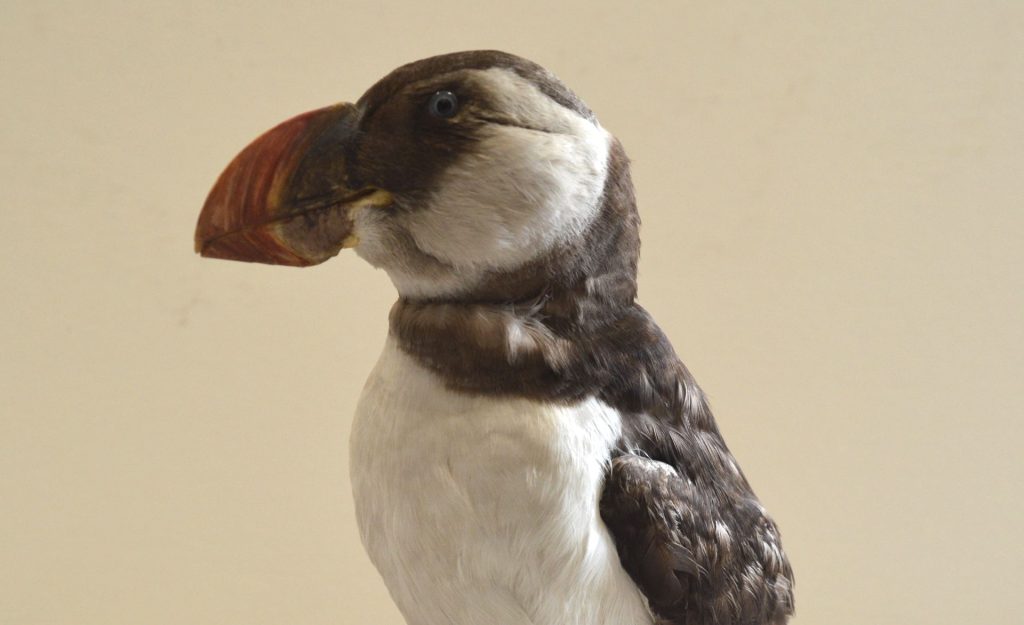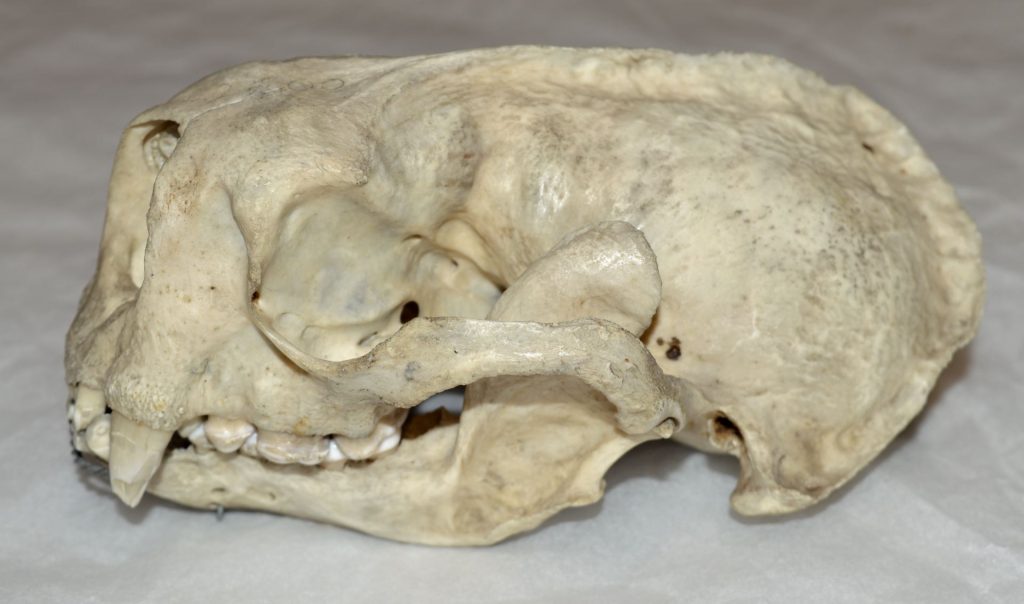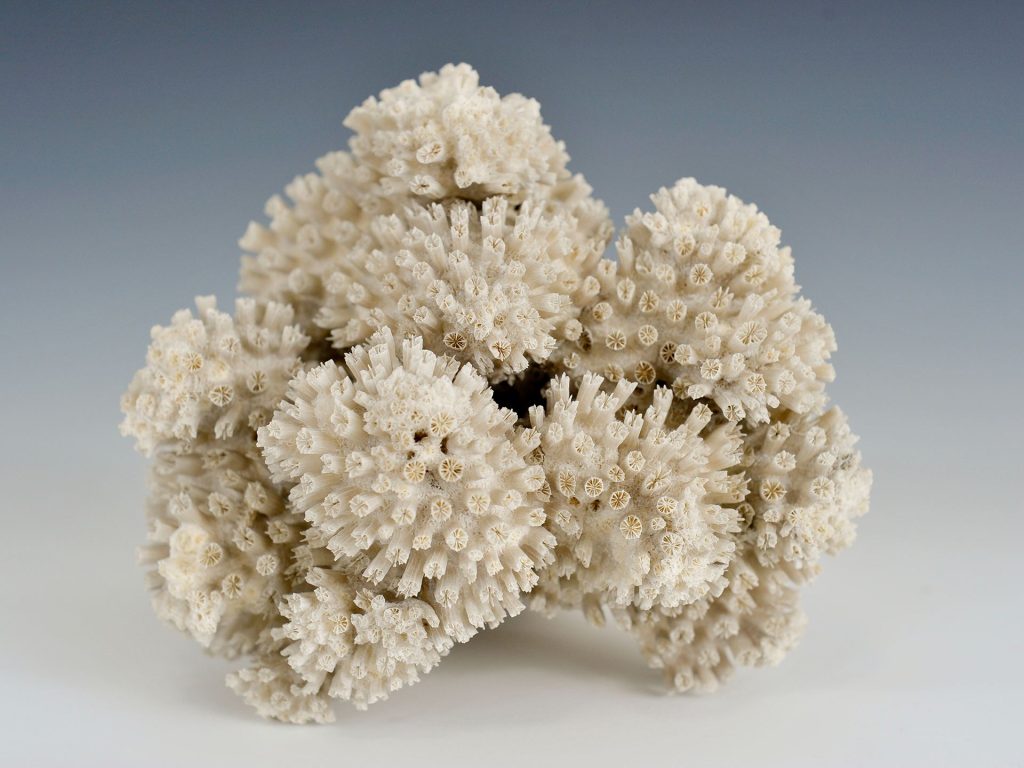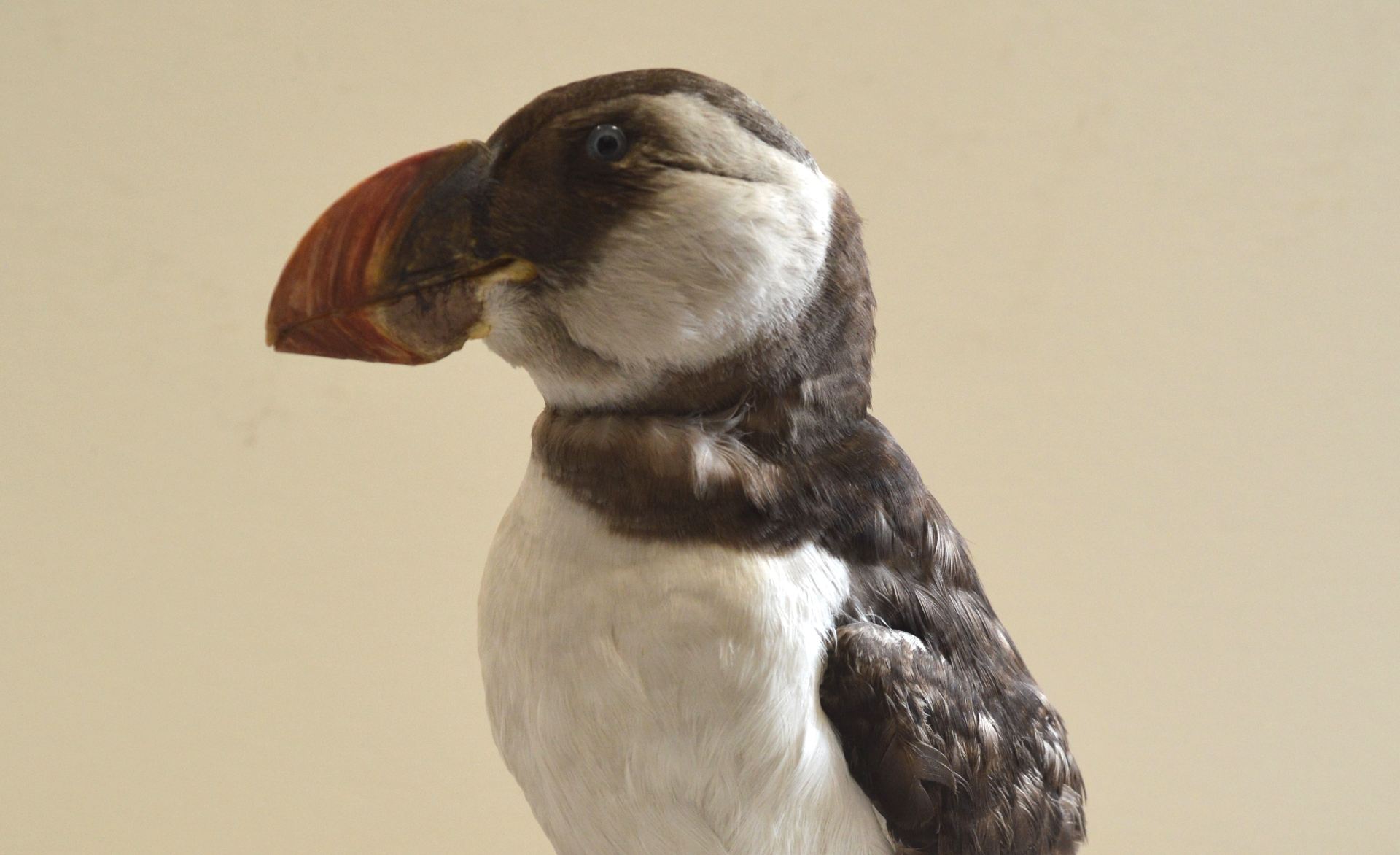Oliwia Mruk, a Biological Sciences student at the University tells us about his exhibition in Dundee Science Centre focusing on conservation and biodiversity.
Biodiversity is extremely important – it supports all life on earth. Quoting one of my all-time favourites – “It’s the circle of life and it moves us all”. Biodiversity supports all life forms on Earth by providing shelter, food security and protection, to name a few. As part of my volunteering activities for the University of Dundee Museums, I was tasked with curating an exhibit for Dundee Science Centre, focusing on conservation and biodiversity, the themes of this year’s Science Festival. I am very keen on sustainable practices so it’s safe to say I was thrilled to be given this opportunity.
The exhibition planning started around December, which is when I started looking through the specimen list of the D’Arcy Thompson Zoology Museum. With so many to choose from, I decided it would be best to focus on the animal stories I wanted to highlight. In the end, I chose 20 specimens to showcase the ecosystem biodiversity and the different issues they’re facing due to climate change and human involvement. But, there is also a positive side to this! Many of the animals you will see on display are protected species and there is a lot of effort put into raising awareness and mitigating the effects of climate change. You can learn more about some of those animals below!

Possibly one of my favourites on display – puffin! There are three different puffin species around the world, Atlantic puffins being the ones inhabiting the British coasts. According to the IUCN (International Union for Conservation of Nature), they are considered a vulnerable species. But what’s the reason? Their main source of food is small fish, such as herring or sand eel. But due to rising sea temperatures, those fish migrate from coastal areas, their usual habitat, to more distant waters. This provides a challenge for puffins, which hunt closer to the shore. While adult puffins are able to feed on bigger fish and survive, pufflings (puffin chicks) rely solely on smaller fish. While lowering sea temperatures is not realistic, ensuring the temperatures do not rise by implementing sustainable practices could certainly benefit many species, not only puffins.

Another animal worthy of showcasing is the sea otter. These animals are considered keystone species. That means they help support an entire ecosystem and it would fall apart without them. Sea otters prey on sea urchins and these small creatures feed on kelp. What that means is that sea otters ultimately regulate kelp forest growth by controlling sea urchin populations. This is extremely important since kelp is a major carbon sink, crucial for climate stability. Kelp is able to store gigatonnes of carbon dioxide yearly, so protecting it through ecosystem restoration and maintenance is a priority. Luckily, there has been a lot of effort put into preserving sea otter populations, most notable being the International Fur Seal Treaty signed in 1911, partly thanks to D’Arcy Thompson!

And finally, among the more unusual specimens on display are a selection of corals. Coral reefs are limestone structures made by coral polyps. The reason I wanted to showcase them is because of their many roles in supporting our ecosystem. Not only are coral reefs providing shelter and food availability to many sea creatures, but they also protect coasts from erosion and storms. What I also learned through researching for this exhibition, is that they are used for medical purposes as well. Many of the organisms inhabiting coral reefs produce compounds that can be used to treat numerous diseases, including different types of cancer, ulcers or cardiovascular diseases. As with many of the other organisms included in the exhibition, there are many conservation programmes set up to protect these structures. When it comes to something you can do personally, the most important would be to be aware and minimise your pollution. Many coral reef ecosystems are dying, mainly due to water pollution so using reef-friendly sunscreens and reducing your environmental impact have a huge impact if enough people implement those changes!
I hope you enjoyed this short outline of some of the specimens available in the Preserving Balance exhibit. I highly encourage you to take a peek at it in the Dundee Science Centre and let us know how you liked it!
Find out more at Preserving Balance: Understanding and Protecting Biodiversity | University of Dundee
